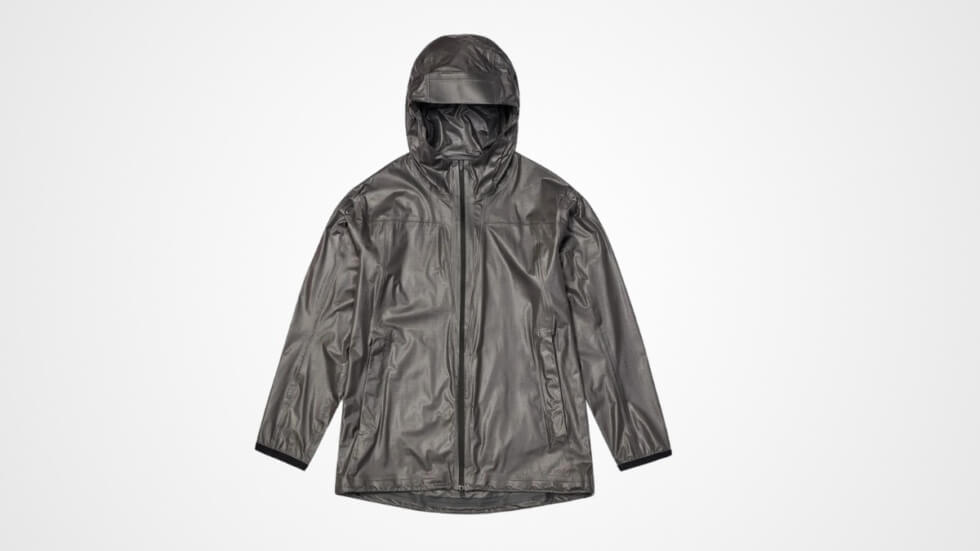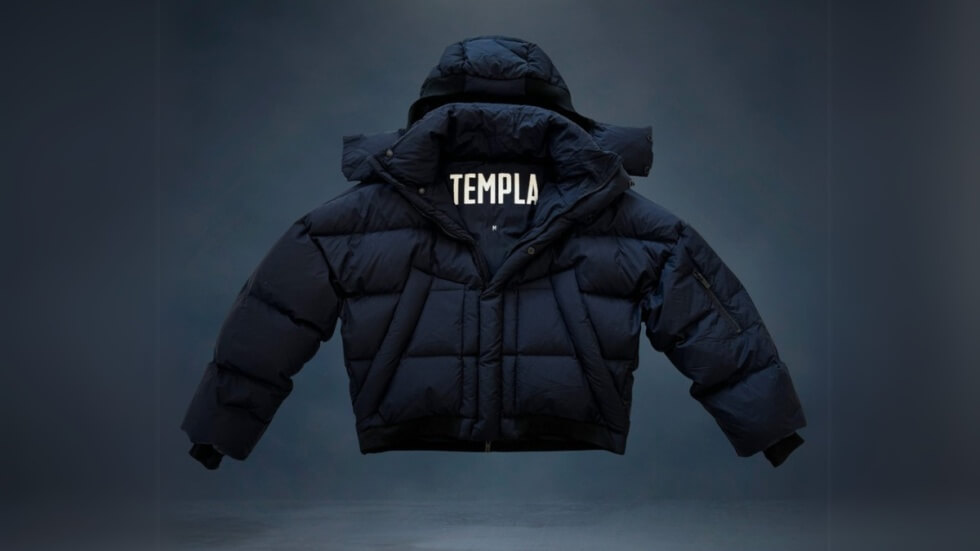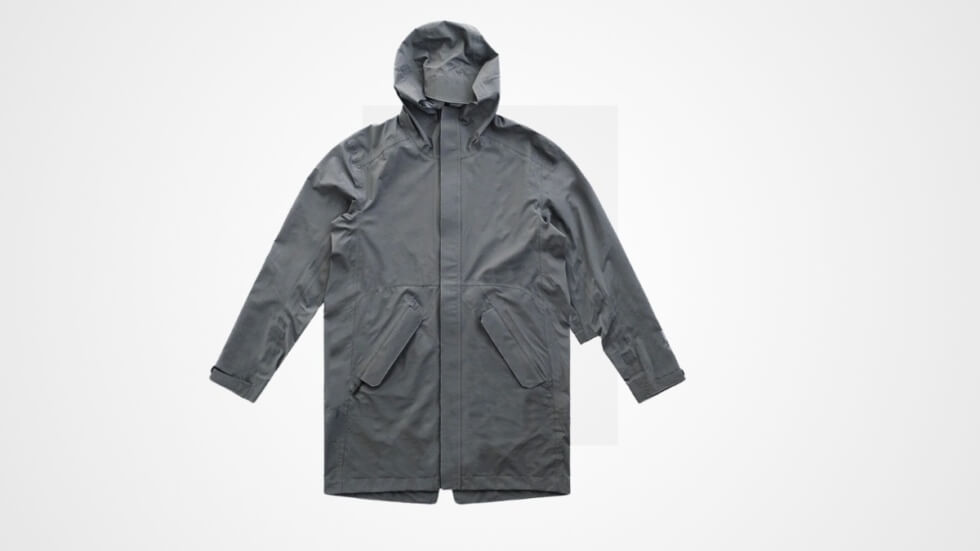Although you’d be hard pressed to find someone who hasn’t owned a pair of Clarks Desert Boots at some point in their life, the iconic chukka isn’t Clarks’ best-selling shoe. The Wallabee is. Surprising, right? Surely, since the Desert Boot is undoubtedly the easier silhouette to style, but just because it isn’t the top performer doesn’t necessarily mean it doesn’t beat out others in its category. (Hint: It does.)
But it also defined a category of its own — at least in Western markets. While the Desert Boot is a type of chukka, it stands alone as the originator of the desert boot category, one which now includes copies and knockoffs aplenty (both with and without the signature soft sole). Clarks, the company (then called C & J Clark), was founded in 1825, and it wasn’t until 1948 that the Desert Boot debuted — in Australia of all places. There, because board members were unimpressed with the original design and didn’t think it was fit for the UK market, Clarks debuted the boot an adaptation of a style Nathan Clark, the great-grandson of C+J Clark (aka Clarks) founder James Clark, found in Cairo a few years prior. Soldiers in Burma, by way of South Africa, trusted the boots, then made from reverse leather for a suede-like look, in all types of weather, because they were comfortable, hard-wearing and, for then’s standards, easy to make.
In just under a year, Clarks exported the then officially suede Desert Boot to Jamaica — where they remain popular to this day — and then the US, via a small booth (and a dedicated salesman) inside the 1949 New York Shoe Fair. Eventually, as you now know, the boots made their way back to the UK and then abroad once more — at last Clarks made them in mass quantities. Why? Well, because people loved that they looked casual yet classy and were comfortable yet surprisingly hard-wearing (considering the soft bottom).
That made them appealing to several camps — the beatniks and artists, preppies and adventurers — but for the same reasons: They’re versatile, comfortable and perfectly ubiquitous, meaning they’re everywhere but interesting each time.
The Good
Clarks’ Desert Boots are typically made from suede, which means they’re soft — plus, since the sole’s made from crepe (coagulated latex) it’s soft, too. This combination makes the boot comfortable, of course, but light, easy to pack and low profile. It’s why adventurers, who could essentially fold them into any size suitcase, and the beatniks, who wouldn’t dare bother with fancy material things, loved them just the same.
It’s why people do today, too. They pair nicely with plain chinos or are passable with a plain suit. They offer the ease of the sneaker with the sophistication of a more stylish shoe. Plus, with these there’s no fiddling with speed hooks or bothering with a “break in” period, if you believe in those. They’re good to go right out of the gate — in whatever color, or textile (standard, polished leather or vegan biomaterial included), you choose.
An Expert’s Opinion:
“These are the most comfortable shoes on Earth. And they’re dirt cheap if you buy them at the right place. You can kick them off in a second when you’re going through airport security, which is a big benefit in my line of work. But they’re great for anything. I buy about three or four pairs at a time. When one pair dies, I just rotate it out,” Anthony Bourdain told Men’s Journal.
The Bad
These are so easy to wear they sometimes feel like a copout. Plus, they’re so abundant that it often seems like you’re one of many millions wearing a pair — which, honestly, you definitely are. But is that really a bad thing? They’re so good that they’re beloved by millions; who cares?
I do; that’s why I’m (and you’re) here. Honestly, Clarks’ Desert Boots can feel a bit basic — and look it, too. Everyone from your dad to your beginner younger brother owns a pair, and that came make feeling en vogue in them pretty difficult. Plus, crepe soles and suede uppers wears down far faster than a stiff leather exterior and a Vibram outsole (or even a double-stacked leather one). But crepe offers comfort and a completely different look; so, it’s your choice.
Another common complaint is that the two eyelets simply aren’t enough. For those used to boots that lace up high over the ankle, with or without speed hooks, these may make it feel like your foot’s sliding around inside. And it may be. Sizing down a half size is my recommendation in order to ensure the proper fit. That way you don’t have to lace them so tight that you’re cutting off circulation.
The Verdict
Clarks’ Desert Boots do their job, and have for nearly 75 years — far longer if you count its predecessors in Egypt and East Asia. So, trust that they’ll be everything I mentioned and more: comfortable, super easy to match with slacks or standard jeans and, it goes without saying, something you will definitely not regret ordering — just as long as you measure your foot first (or trust my recommendation to size down a half size) to be sure they fit.
Should these be your end all be all boot? No. But they’re a great starting place, especially if you’ve never owned a pair. Everyone has to at least once, but steer clear of re-upping unless you really love them or you’re opting for a new iteration — like Todd Snyder’s shearling rendition or one of the woven versions. It’s true that, since these have been around for the better part of a century, there are plenty of imitations — both better and worse. Seek out an upgrade (like Astorflex’s Greenflex, which cost $40 dollars more).
Shop
This content is created and maintained by a third party, and imported onto this page to help users provide their email addresses. You may be able to find more information about this and similar content at piano.io



